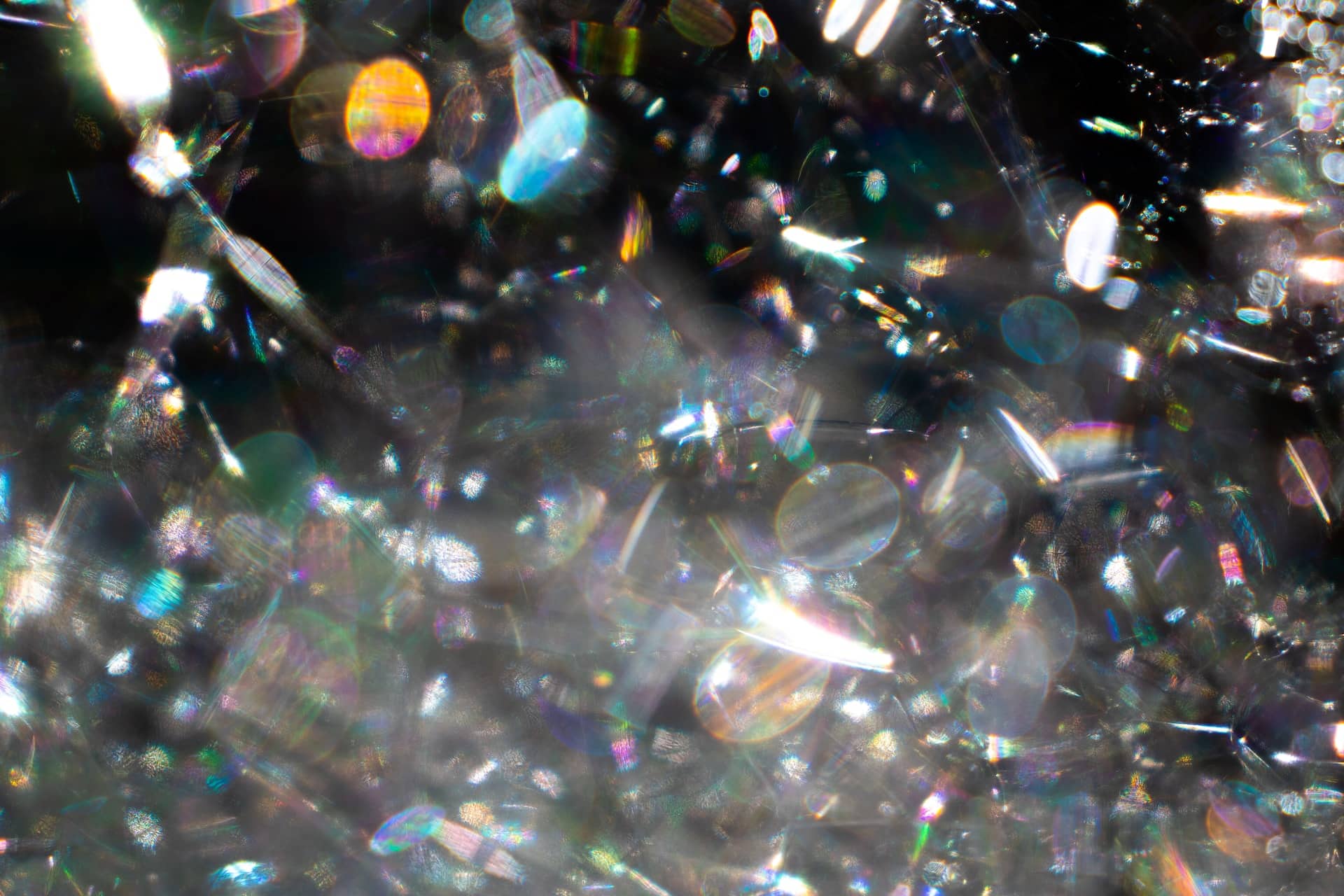Have you ever seen a piece of jewellery that shone with the most incredible array of colours? There are so many different shades and hues out there, and this is true for gemstones too. While some gems come in a limited range of colours, others are far more varied. Alexandrite is one such gemstone and it can exhibit a number of different hues depending on its environment. So what’s the story behind Alexandrite? Keep reading to find out!
What Is Alexandrite & Where Does It Come From?
Alexandrite, a rare variation of chrysoberyl, was first discovered in the Ural Mountains in Russia in the 1830s. Its name is derived from its distinctive colour-changing ability: in sunlight, alexandrite appears green, but in incandescent light it takes on a reddish hue. This gemstone is extremely rare, and fine specimens can command high prices. Alexandrite is found in only a few places around the world, including Brazil, Sri Lanka, and Tanzania. In recent years, scientists have also discovered a Synthetic alexandrite that mimics the natural gemstone’s colour-changing ability. However, many collectors consider natural alexandrite to be far superior.
The Different Shades
Alexandrite’s hue can shift from a vivid green to a deep red. Its colour-changing effect is caused by trace amounts of chromium, and it is this optical phenomenon that makes Alexandrite so desirable. In addition to its distinctive colour-changing properties, Alexandrite is also known for its high refractive index and strong pleochroism. As a result of these optical characteristics, Alexandrite can appear quite different depending on how it is cut and viewed. Alexandrite is typically cut into cabochons or faceted stones, and it is often used in jewellery. Thanks to its rarity and mesmerising optical effects, Alexandrite is considered one of the most valuable gemstones in the world.
The colour-changing property of Alexandrite makes it one of the most versatile gemstones available, and perfect for those who want something unique. This makes it a popular choice for jewellery design, as it offers a versatile look that can be tailored to match any outfit.
Each Colour In Alexandrite Gemstone Has Its Own Unique Meaning & Symbolism

Alexandrite displays a variety of colours depending on the light source. In natural light, the stone appears green, but in artificial light, it takes on a reddish hue. This shift in colour is believed to have mystical significance, and each hue is thought to represent different energies and emotions, making bespoke Alexandrite gemstone rings popular especially in engagement rings. The green of Alexandrite is said to symbolise growth, fertility, and new beginnings. Similarly, the red hue is associated with passion, desire, and love.
Because of its ability to change colours, Alexandrite is also believed to promote balance and harmony. The gemstone also encourages creativity and imagination. Alexandrite is said to be helpful in opening the chakras and promoting psychic abilities. It is allegedly a stone of good fortune and luck. It is said to be a stone of protection and healing.
All in all, Alexandrite is a beautiful gemstone with many purported spiritual properties. Whether you choose to wear Alexandrite for its beauty or its meaning, this gemstone is sure to add a touch of magic to your life.
Alexandrite Is Often Used For Jewellery Because Of Its Beauty & Rarity
Alexandrite is a rare and beautiful gemstone that has been treasured for centuries. Its unique colour-changing properties have made it a favourite among jewellers, and its rarity has made it one of the most sought-after stones in the world. Although it was first discovered in Russia, Alexandrite is now found in very few places. It is often quite expensive, but its beauty makes it well worth the price. Whether you are looking for a statement piece or a gift for someone special, a piece of jewellery with an Alexandrite stone is sure to be treasured for years to come.
Some Famous People Who Have Worn Alexandrite Jewellery
Alexandrite is a rare and valuable gemstone that can change colour in different lighting conditions. Due to its scarcity and unique optical properties, it has been used in jewellery for centuries, and has been worn by some famous people throughout history. For example, the last Tsar of Russia, Nicholas II, was known to wear an Alexandrite ring. The stone was also rumoured to be a favourite of the famous French writer, Victor Hugo. In more recent times, the actress Charlize Theron wore a large Alexandrite ring in the movie The Italian Job. The singer Rihanna has also been spotted wearing an Alexandrite necklace. Thanks to its celebrity endorsement, Alexandrite has become even more popular in recent years and is now one of the most sought-after gemstones on the market.








